The near infrared-imaging market in South America is characterized by a dynamic competitive landscape, driven by technological advancements and increasing applications across various sectors, including healthcare, agriculture, and environmental monitoring. Key players such as Hamamatsu Photonics (Japan), NIRx Medical Technologies (US), and Bruker Corporation (US) are strategically positioned to leverage innovation and regional expansion. These companies focus on enhancing their product offerings through research and development, while also exploring partnerships to strengthen their market presence. Collectively, their strategies contribute to a moderately fragmented market structure, where competition is intensifying as firms seek to differentiate themselves through advanced imaging solutions.
In terms of business tactics, companies are increasingly localizing manufacturing to reduce costs and improve supply chain efficiency. This approach not only enhances responsiveness to local market demands but also mitigates risks associated with global supply chain disruptions. The competitive structure of the market appears to be moderately fragmented, with several players vying for market share. The influence of key players is significant, as they drive innovation and set industry standards, thereby shaping the overall market dynamics.
In October 2025, NIRx Medical Technologies (US) announced the launch of a new portable near infrared imaging system designed for real-time monitoring of brain activity. This strategic move is likely to enhance their product portfolio and cater to the growing demand for non-invasive medical imaging solutions. The introduction of this technology may position NIRx as a leader in the healthcare segment, potentially increasing their market share in South America.
In September 2025, Bruker Corporation (US) expanded its collaboration with local research institutions in Brazil to develop advanced imaging techniques for agricultural applications. This partnership is indicative of Bruker's commitment to regional expansion and innovation, as it seeks to tap into the burgeoning agricultural sector in South America. By aligning with local expertise, Bruker may enhance its competitive edge and foster the development of tailored solutions that meet specific market needs.
In August 2025, Hamamatsu Photonics (Japan) unveiled a new line of near infrared detectors aimed at improving the sensitivity and resolution of imaging systems. This product launch reflects Hamamatsu's focus on innovation and its intent to maintain a competitive advantage in the market. The enhanced capabilities of these detectors could attract a broader customer base, particularly in research and industrial applications, thereby solidifying Hamamatsu's position in the South American market.
As of November 2025, current trends in the near infrared-imaging market include a strong emphasis on digitalization, sustainability, and the integration of artificial intelligence (AI) into imaging technologies. Strategic alliances among key players are increasingly shaping the competitive landscape, as companies collaborate to enhance their technological capabilities and market reach. Looking ahead, it appears that competitive differentiation will evolve from traditional price-based competition to a focus on innovation, advanced technology, and supply chain reliability. This shift may redefine how companies position themselves in the market, emphasizing the importance of delivering superior value through cutting-edge solutions.


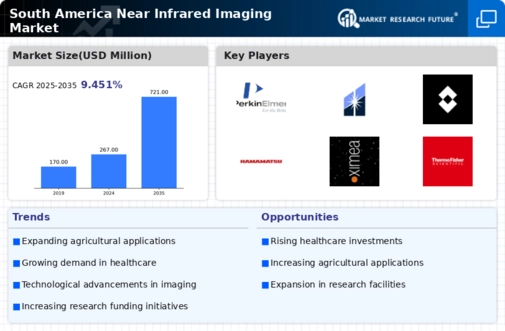
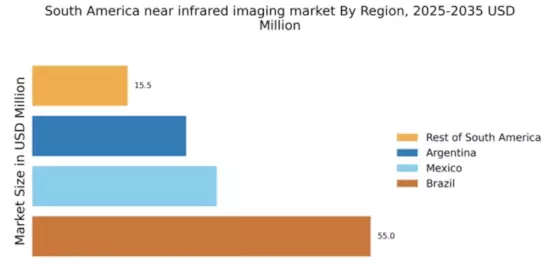

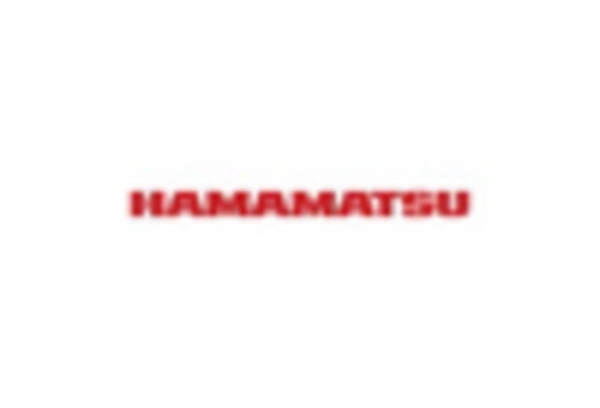
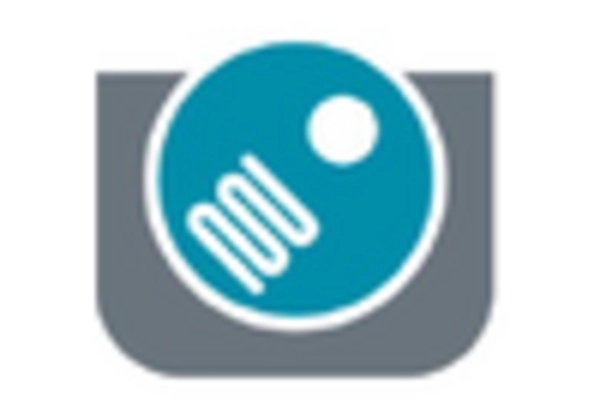


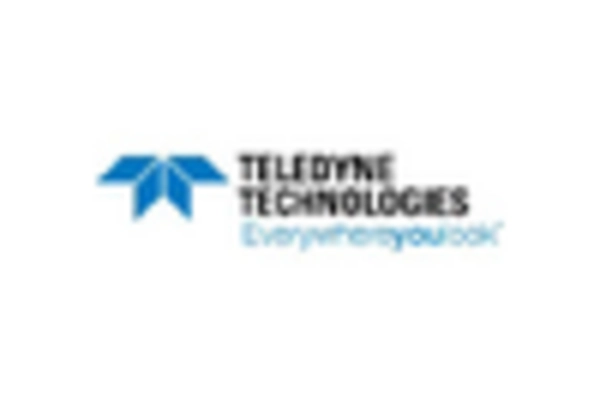








Leave a Comment